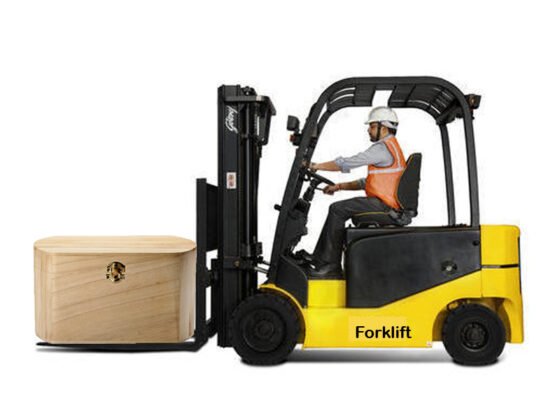Table of Contents Show
If your toilet continues running for a long time after flushing, it can often be an indicator that there is a serious problem. If you don’t get it fixed quickly, you’ll be facing a much higher water usage bill.
To understand what these problems could be, we did a lot of online research. Some of the most informative and helpful sites are;
- https://wisepick.org/best-flushing-toilet/
- https://www.familyhandyman.com/plumbing/toilet-repair/how-to-stop-a-running-toilet

Read Also:
The Fill Valve Might Be Faulty
One of the most common issues is a faulty fill valve. This is the part of the toilet that’s responsible for re-filling the tank after each flush. To see whether this is the cause of the problem, you’ll need to take the lid off the toilet, so you can see into the tank.
To test whether the fill valve is faulty, you can change the position of the cup. This is the float, which sets the level that the tank refills too. Over time, the float can move out of position.
This can create a weak flush, or leave the toilet constantly running. If you lift the float above the waterline, the toilet should stop filling.
If this happens, you’ll need to bring the fill valve back into alignment. Most modern toilets will allow you to adjust the float position using a screwdriver. Turn the screw on the spine of the fill valve counterclockwise.
This will allow you to raise the float. In most cases, this will solve the problem. If it doesn’t, you might want to consider removing the fill valve and replace it.
The Toilet Flapper Might Be Worn Out
Another potential issue might be that the toilet flapper has worn out. This is what keeps the water in the tank, stopping the toilet from running constantly. If you suspect that the flapper might be the problem, you’ll need to replace it. Generally, you’ll need to do this every four to five years.
To replace the flapper, you’ll need to shut off the water to the toilet, stopping the tank from refilling.
Then, you’ll need to flush the toilet multiple times, this will remove the water from the tank. You’ll then need to remove the flapper, taking it off the studs that hold it in place.
As you do this, make sure to take out the chain. After this has been done, you can purchase and install a new flapper. When shopping for the new flapper, you must find one that’s compatible with your toilet.
To do this, you’ll need to take note of the manufacturer’s information when you remove the old flapper, examining the product specifications. If in doubt, pick up a universal option, these should work with most toilets.
To install the new flapper, you’ll need to follow the instructions in the owner’s manual. Most modern toilets, though, will require you to attach the flapper to the two studs at the base of the toilet.
Once you do this, turn on the toilet and let the bowl start to fill up again. Once full, flush the toilet, watching the way that the flapper works.
In some cases, the flapper might not close properly, which will leave the toilet running. When this happens, you’ll be able to solve the problem by adjusting the length of the chain.
You Might Need to Replace the Toilet
In most cases, a running toilet will be caused by a part that needs to be replaced. If you aren’t sure about what part you’ll need to fix, you might want to call in a plumber to check the toilet for you.
However, there are times where the damage is so extensive that you might need to replace the toilet entirely. Though most toilets can last for 50 years, you’ll generally need to replace them every 25 years.
One of the biggest signs that you’ll need to replace the toilet is if you spot a crack. This can interfere with the way that the toilet operates.
For example, this can often cause you to get a leak, with water spilling out onto the floor. Another potential sign is when the whole toilet rocks when you sit down.
If not fixed quickly, these problems will get worse over time. If you don’t take action quickly, the water damage might lead to you having to replace the whole bathroom, which can be very expensive.
Conclusion
There are a few reasons why your toilet might be running. Thankfully, in the clear majority of cases, you’ll just have to replace a few parts. If this doesn’t solve the problem, you might want to call in a professional.
This will let you address the problem before it gets any worse, saving you money in the long-term. So, use these tips to stop your toilet from running after you flush it.










